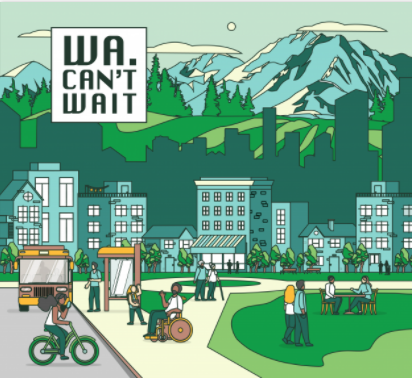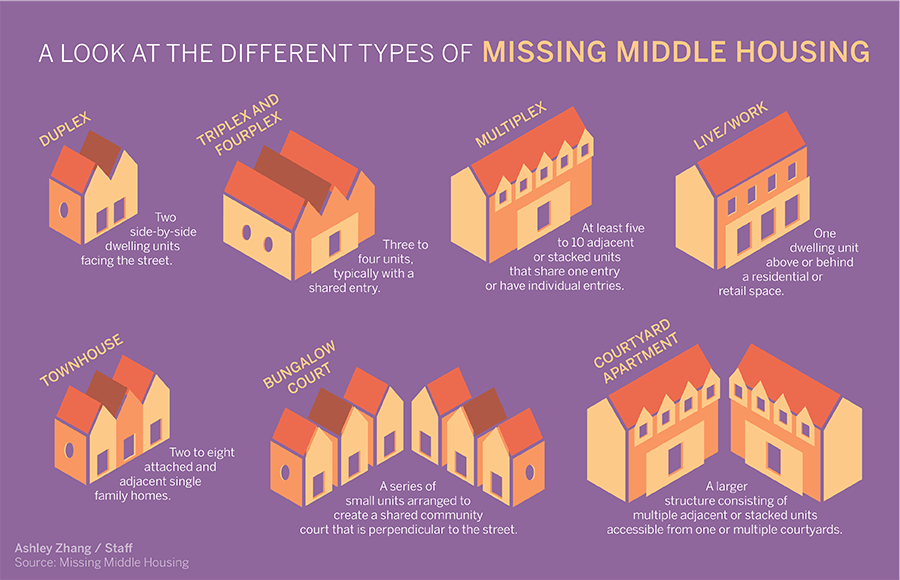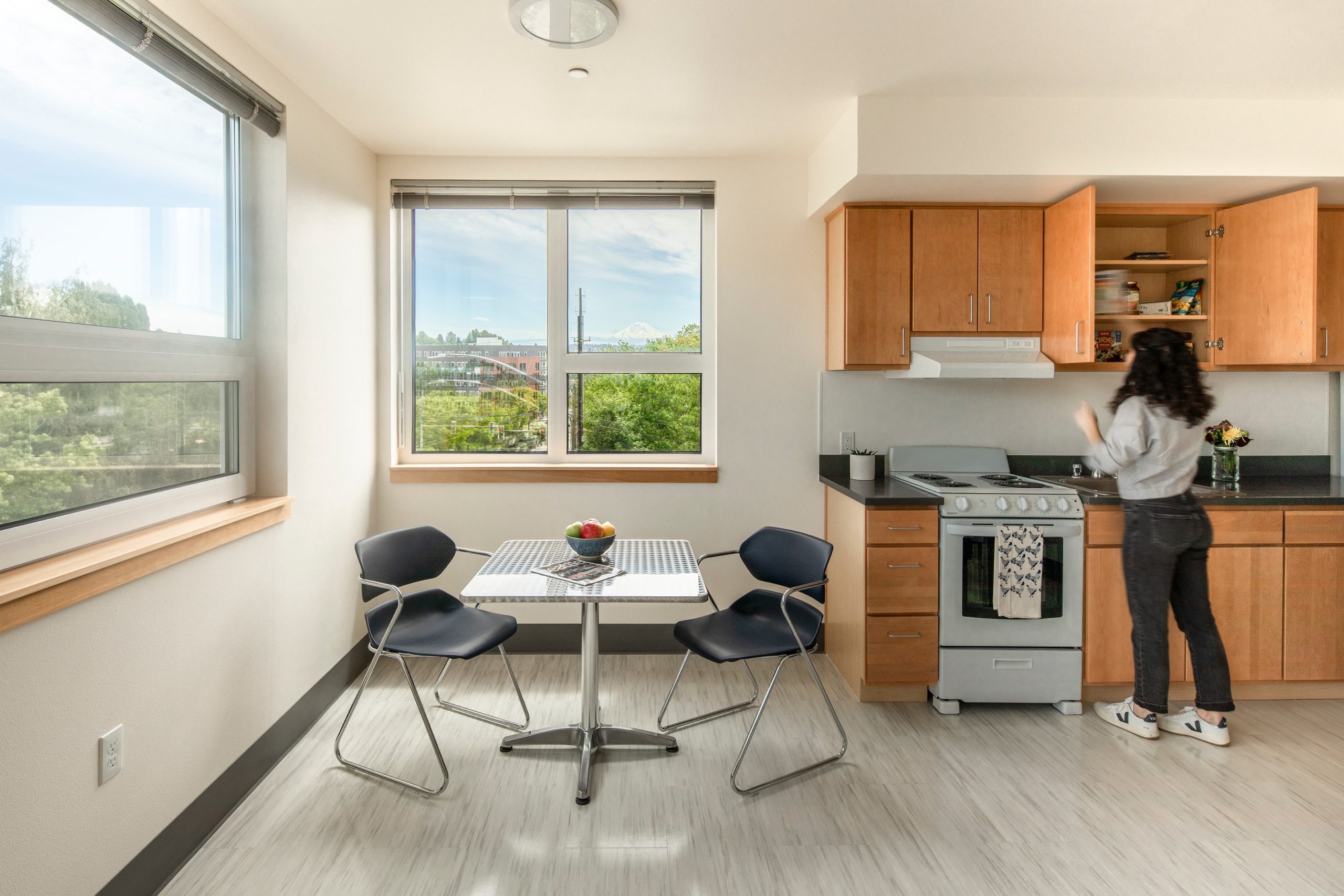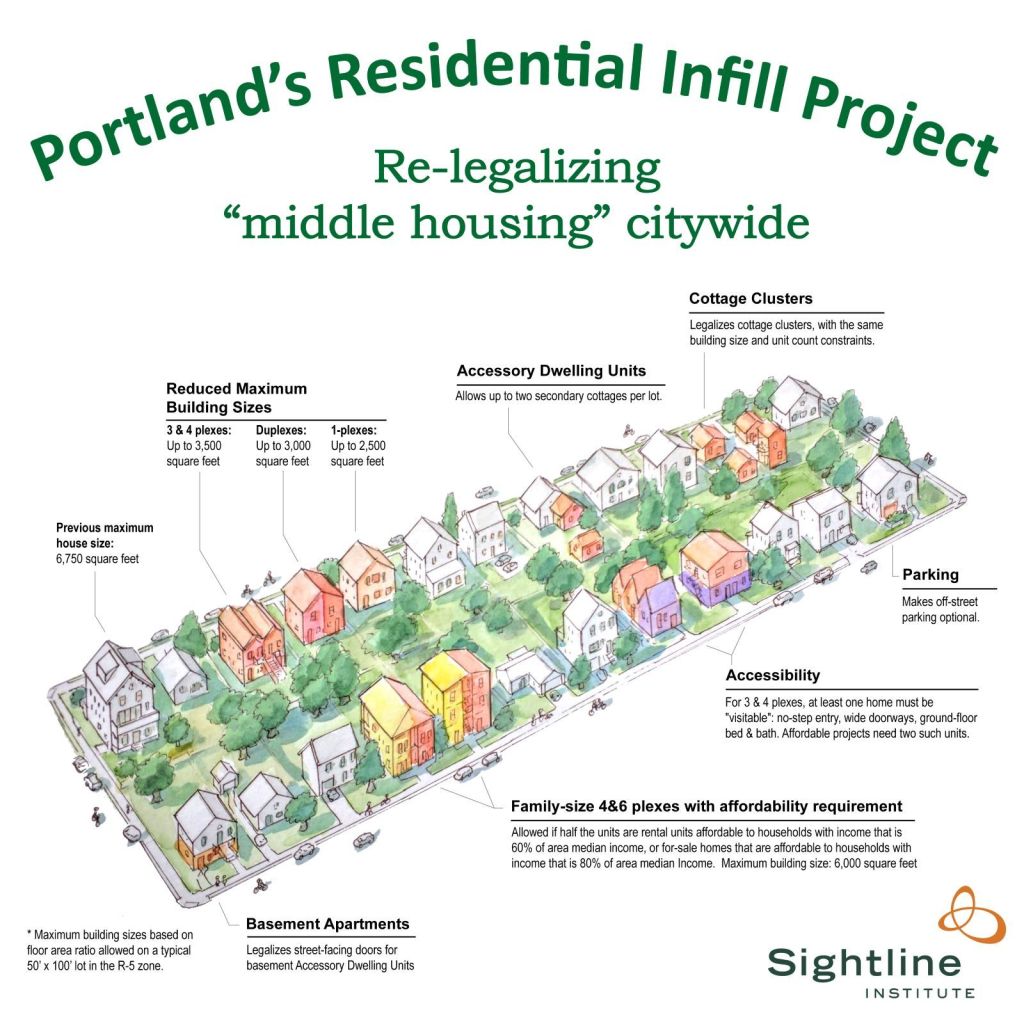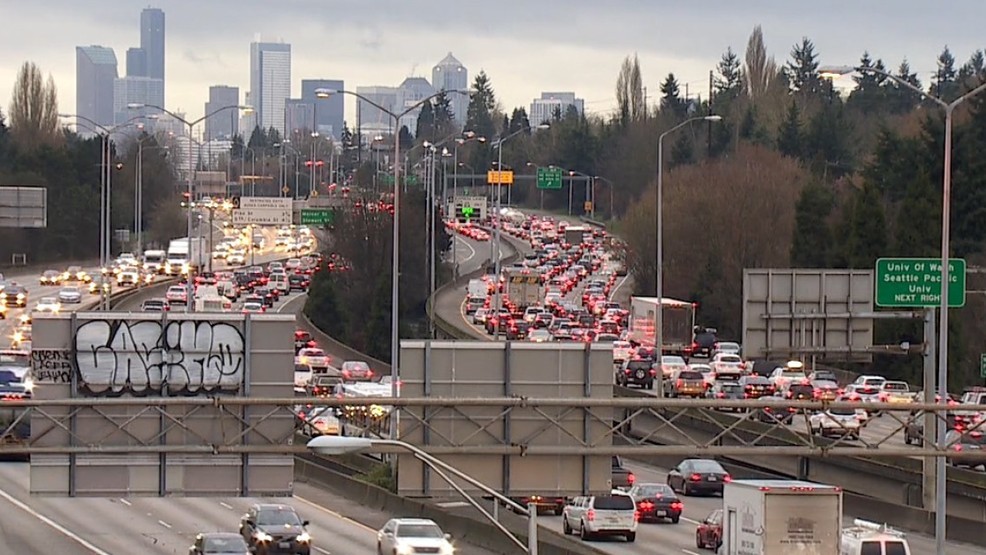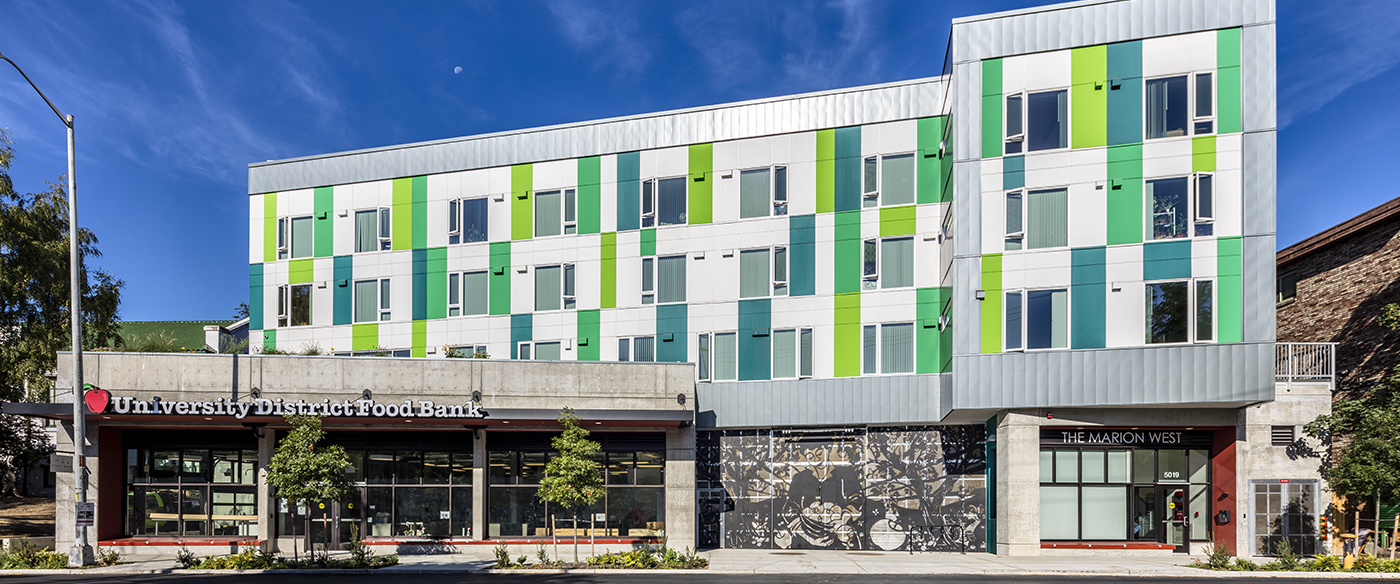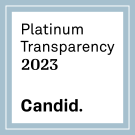Pro-Environment, Pro-Density
The Housing & Climate Crises
Density is a critical solution to our compounding housing and climate crises. Our region’s housing growth does not meet the scale of our growing population’s needs. To address this sustainably and equitably, we must grow housing options within our current neighborhoods to meet the needs of residents across King County and preserve our local environment. We have a window of opportunity with the Washington Can’t Wait Campaign to take bold action for affordability and environmental justice.
Current estimates report a need of 244,000 additional, affordable homes in King County by 2040 to address our community’s housing gap. Despite our region’s recent economic boom, those with the lowest incomes are being hit hardest. Households making less than 80% average median income are spending over 30% of their income on housing – which leaves very little for food, clothing, and medical expenses. Dense, affordable, and equitable transit-oriented communities are one of the most effective tools we have to address the affordability and climate crises.
Conventional, large detached lots and dispersed housing developments are challenging to maintain and to protect air and water quality. Cities’ are then challenged with financing and maintaining infrastructure for sprawled out communities. This includes schools, utilities, and streets. Dispersed housing cannot support viable public transit, biking, or pedestrian options. The rules that remain unchanged will not address this shortage and could misuse valuable natural resources.
How do we build “denser”?
As Seattle’s Planning Commission explains, “In the absence of vacant land, new housing must be integrated into the existing fabric of our neighborhoods.” To build denser communities, we need to utilize zoning and land use tools. Zoning policy underlines the connections between housing, the environment, and social justice. Unfortunately, land use laws have remained the same while populations have grown significantly.
More inclusive zoning permits a larger variety of housing types within a specific area or “zone.” These are housing options that can house multiple families per building, such as apartments, townhomes, and duplexes. Such housing options are more affordable for moderate- and low-income renters. Communities like these are critical to ensuring everyone in each city can afford a safe and healthy home.
This summer, Portland embraced this solution by passing the “Residential Infill Project,” which permits building new 1-4 homes on any residential lot in the city. As a bonus, if over half the homes are affordable, the limit increases to six per lot.
Denser communities will also significantly help King County’s carbon footprint. Building denser housing will help minimize sprawl, protecting and preserving the natural environment. Think: Building up, not out. Plus, less sprawl also leads to shorter commutes and decreased carbon emissions. Multi-family housing, like apartment buildings and -plexes, also reduce energy use as more people are living closer together and sharing amenities. Furthermore, dense communities share natural resources and municipal services, which helps reduce the city’s overall carbon impact.
Zoning and land use tools that can include more housing types will make for more sustainable neighborhoods with mixed incomes.
In Seattle, about 75% of residential land is exclusively zoned for single-family homes. Aside from ADU/DADUs, single-family zoning limits any type of new housing within these zones. This has hindered our climate goals. Lower density communities with single-use developments promote more traffic and longer commutes to jobs and shopping. In 2018, 64% of Seattle’s greenhouse gas emissions came from transportation.
Mixed-use building is another way we can grow our communities while preserving our local environment. When you see apartments above retail or other services, that is an example of a mixed-use building. It is great for mixed-income levels as well. This is a great solution to the housing and climate crises because it is expanding existing buildings to make the most of that space and facilities. It also produces housing extremely close to retail, reducing the need to drive or hop on a bus, thus residents’ carbon footprint.
Fixing up abandoned buildings or converting them to residential building can provide housing for lower-income folks while utilizing already-used land.
By advocating for more inclusive housing, we are advocating for more inclusive and greener living. We know that density is not the only thing that needs to be done to solve our climate and affordable housing crisis, but it’s a large component. We must be advocating for sustainable and green solutions in lock step with increase affordability and density.
Take Action
We cannot wait another ten years to tackle climate change, environmental justice, and the housing affordability crisis. This week, Futurewise is hosting a Week of Action for the Washington Can’t Wait Campaign to fight for big changes to the Growth Management Act in three decades. Your support is critical in this effort! Take action by emailing your legislators here and share this opportunity on social media.
Vision 2050 will cover the transportation and planning projections within the King, Kitsap, Pierce, and Snohomish counties, which will be a major game changer in the climate/housing conversation. On December 14, HDC is hosting a Learn at Lunch to discuss Vision 2050 and Countywide Planning Policies (CPPs). Register here to attend.

